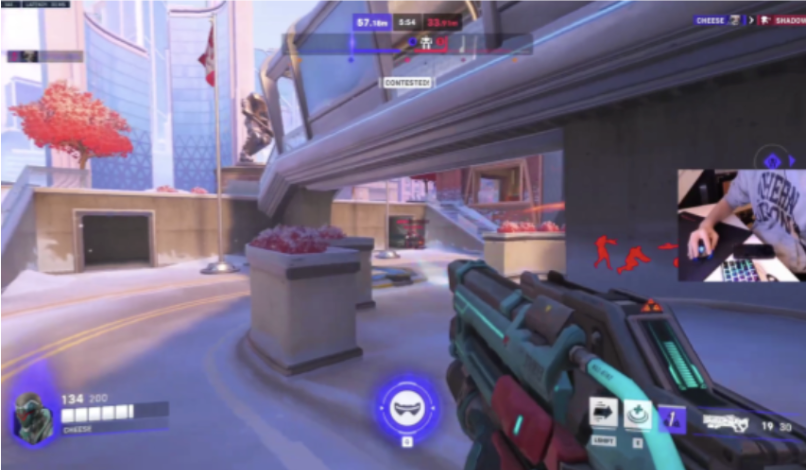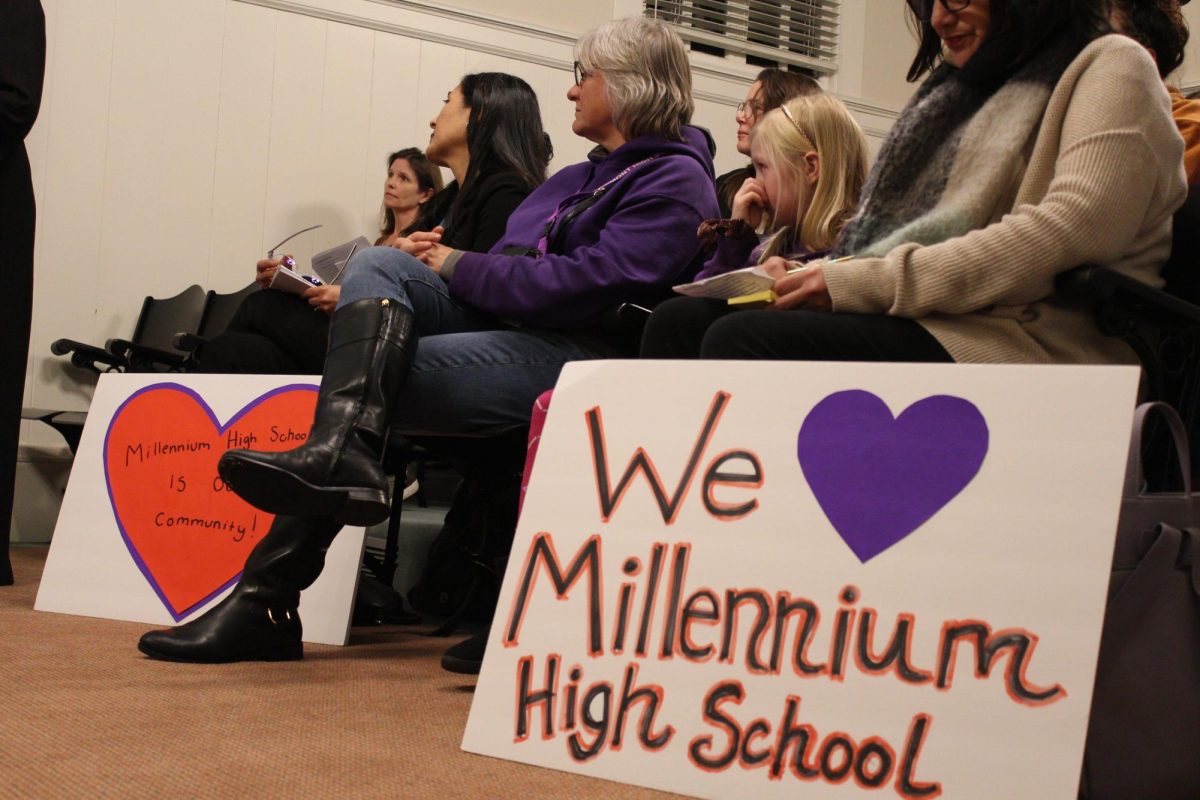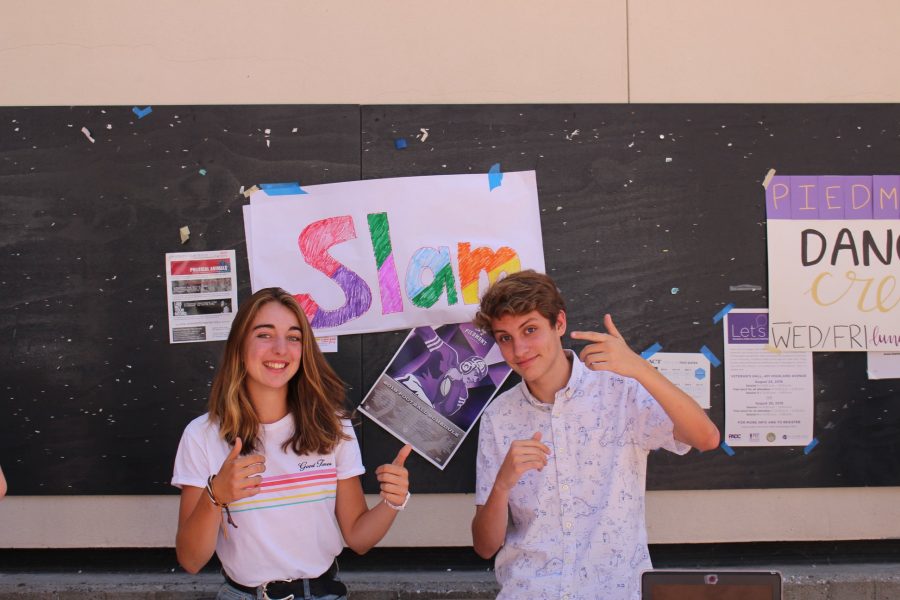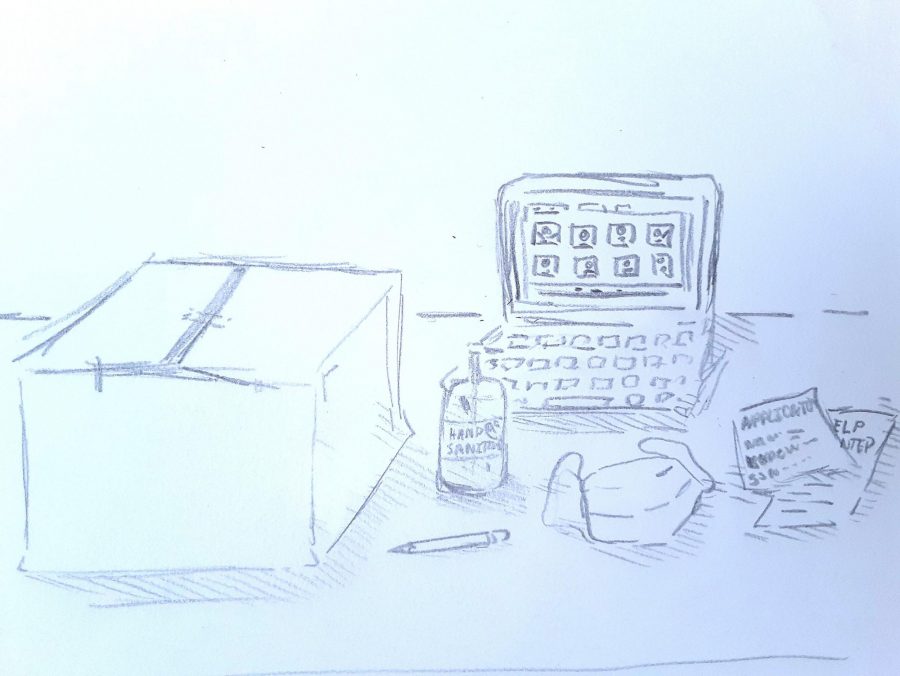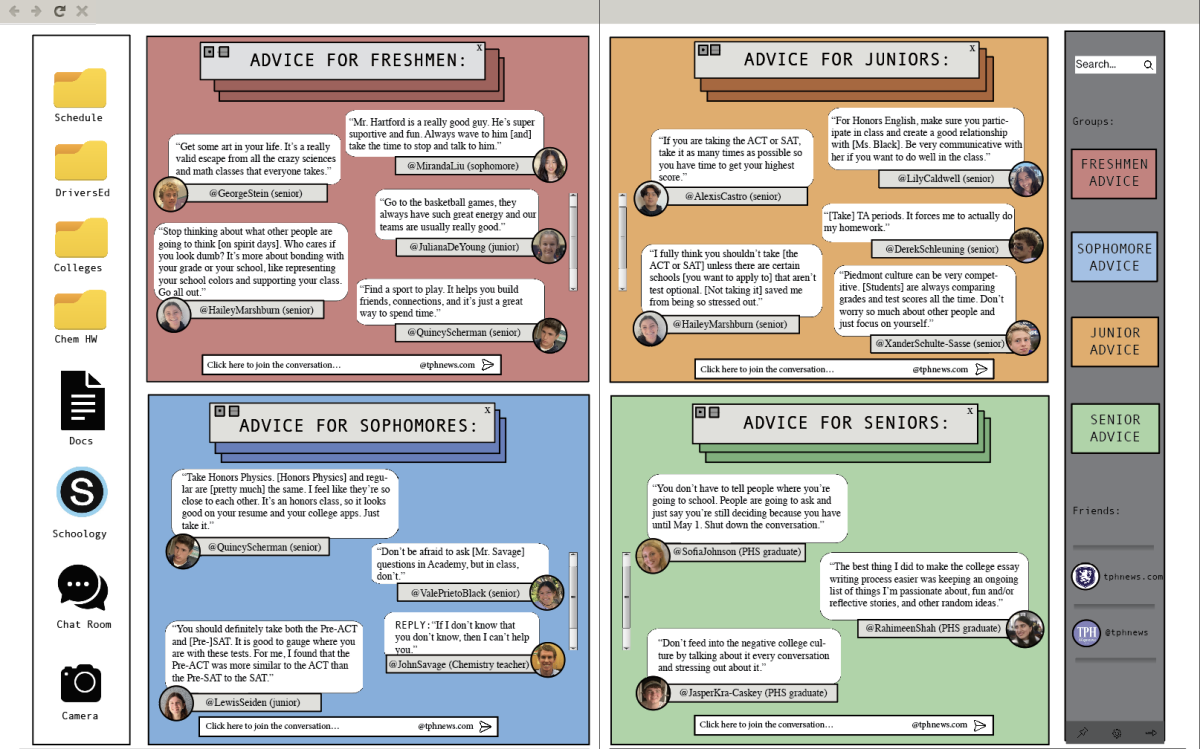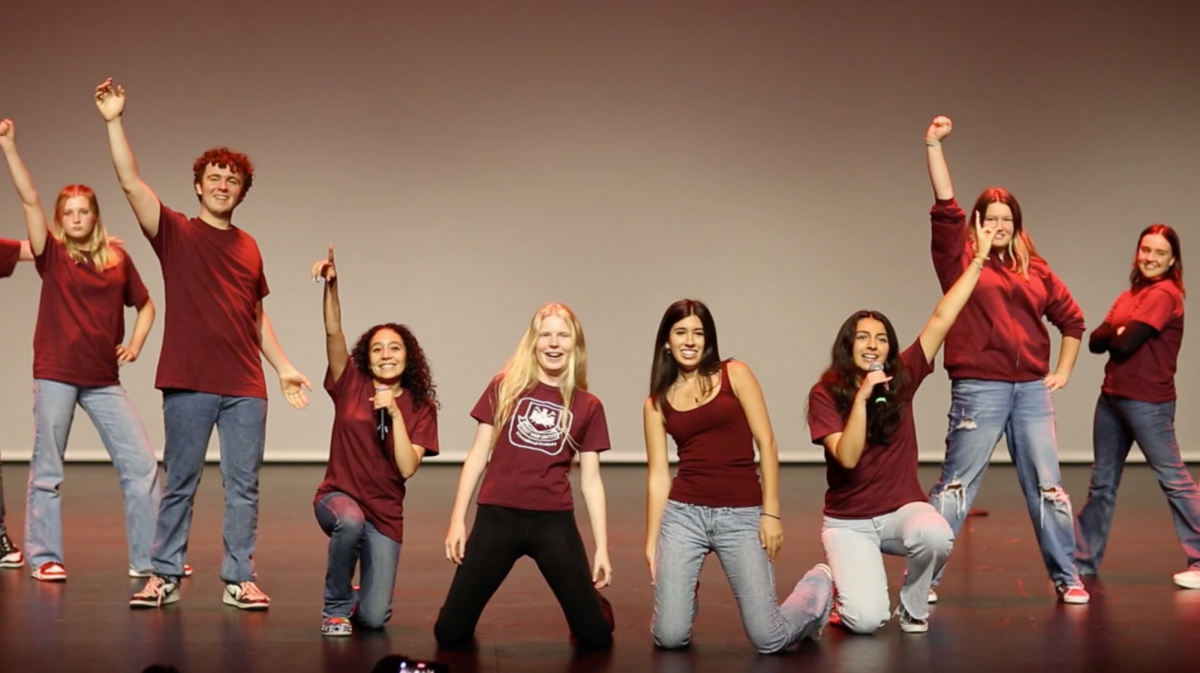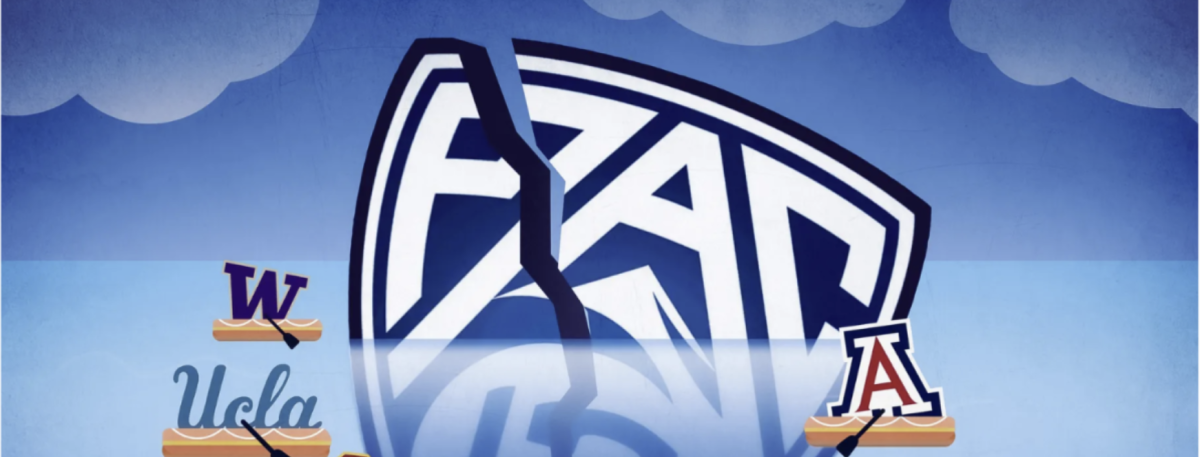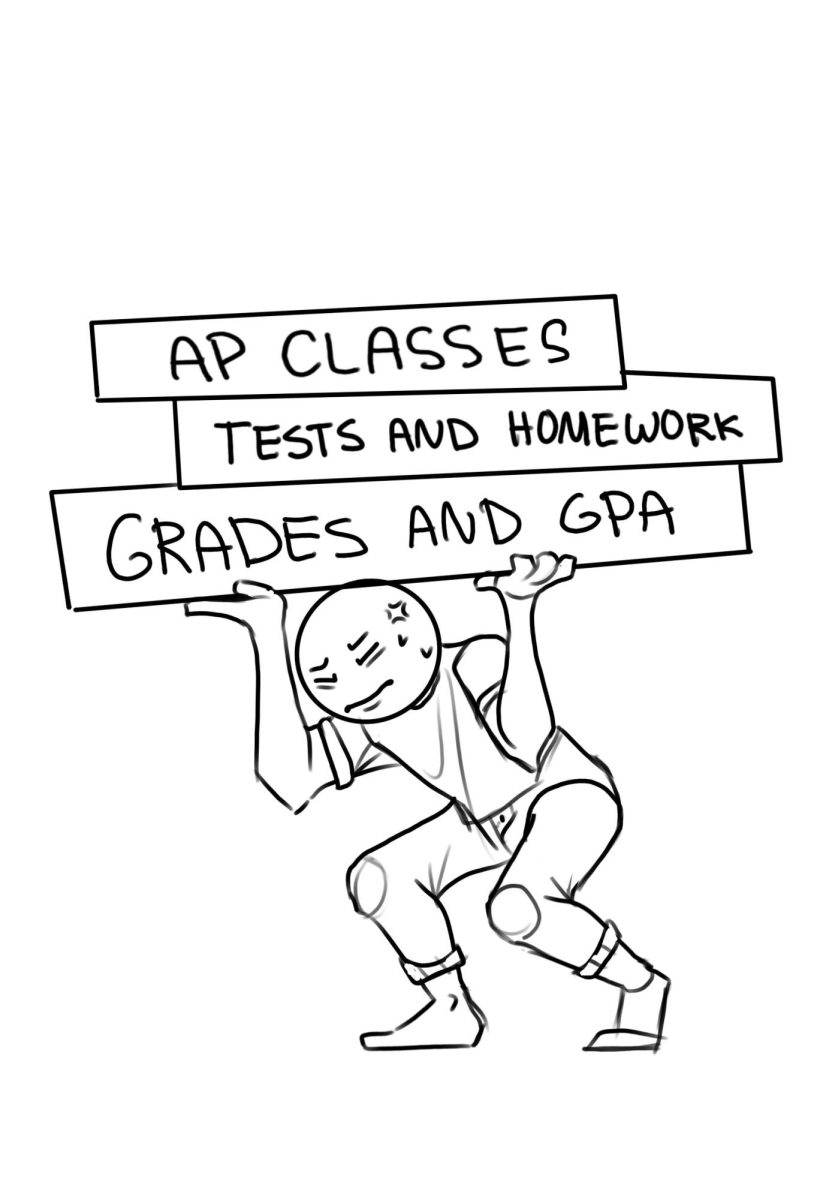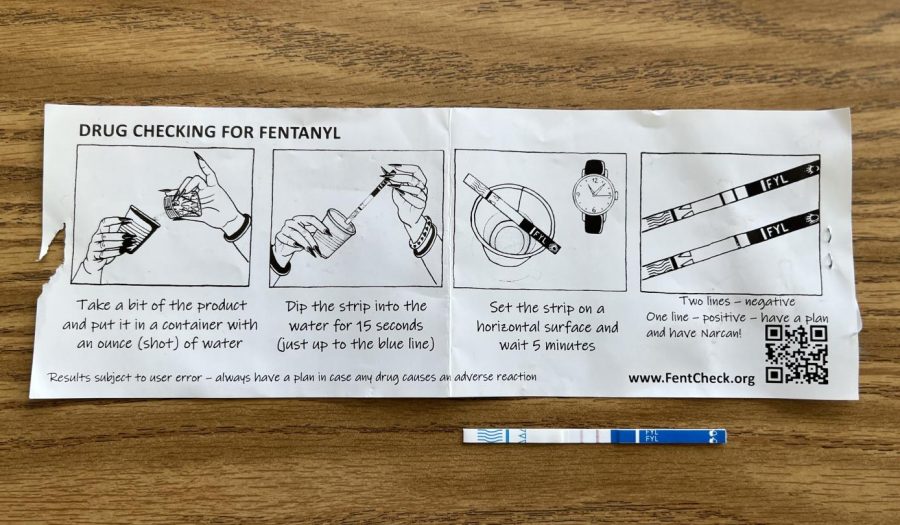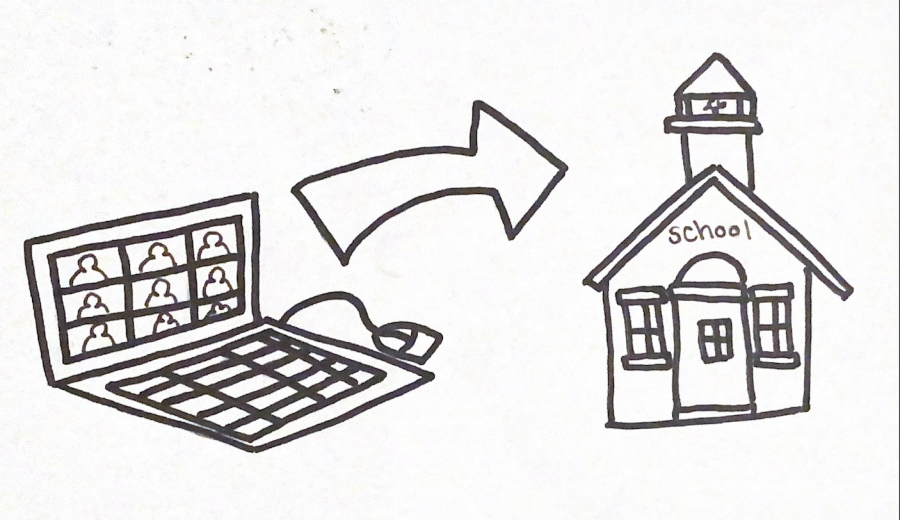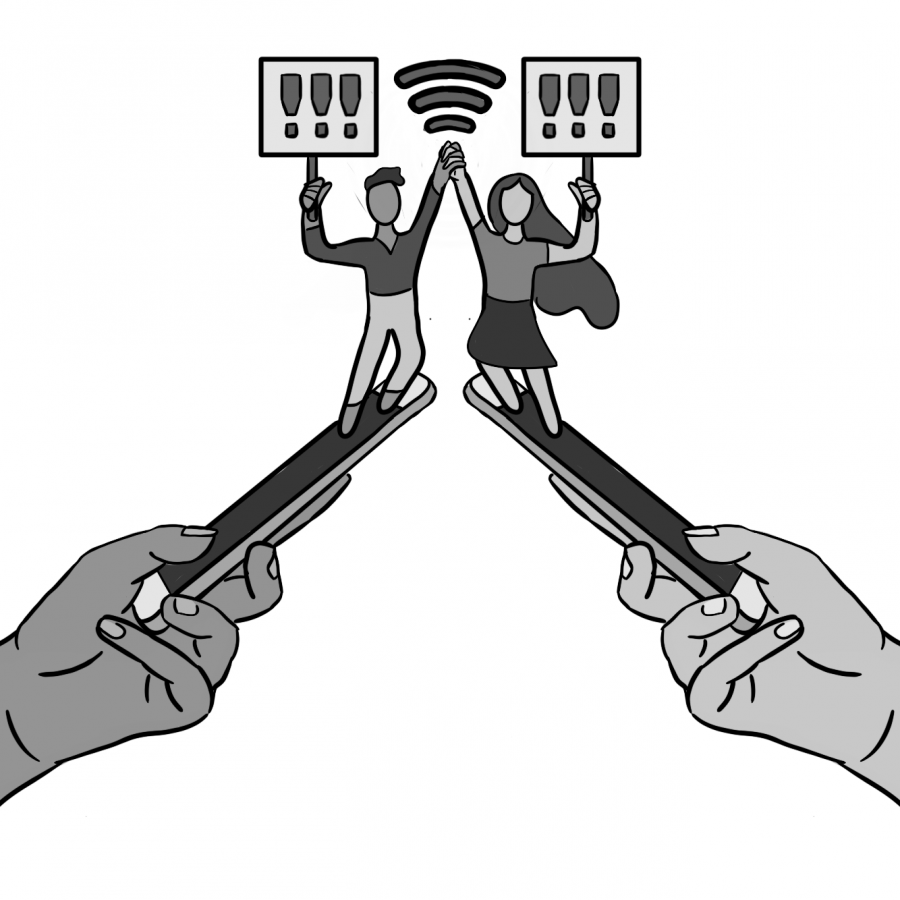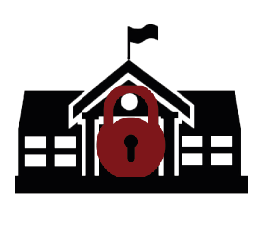The yearly Reverse Evacuation drill will be held on April 6, in addition to the monthly fire drills and a possible shelter-and-place drill as well.
Vice principal and safety coordinator, Irma Muñoz, said that fire drills, a reverse evacuation, and a shelter-and-place drills are all on the schedule for this year. Reverse Evacuations occur when there is a threat somewhere on campus and the students and faculty must enter into a “lockdown” campus wide. Shelter-and-place drills are as they sound, and can be used in any type of emergency while school is in session.
The prospective Reverse Evacuation drill would occur around 11:25 a.m. during passing time between third period and fifth period. After the drill, students will return to their third period class. Teachers will then take attendance and complete a Student Accountability Form.
Muñoz says that if a student is out of class, at lunch for example, while a lockdown is in motion, they must either go to their previous class or, and the school would be notified before hand, but to have all students go to their 4th period class.
Muñoz said that fire drills and the overall safety of the school is all precautionary.
“We can’t be [too] cautious,” Muñoz said.
California high schools must stage fire drills at least two times a year.
PHS has many more drills than the standard in order to keep the students and staff safe and aware, Muñoz said.
“You might not think as clearly as you would in a non-emergency, and so in repeating the drills over and over again, it becomes second nature,” Muñoz said. “You don’t even have to think about it.”
Muñoz said that Reverse Evacuations are not just in case of someone suspicious coming onto campus. At a past school, located near an industrial factory which had a gas leak, Muñoz had to stage a reverse evacuation in order to keep everyone safe, including the school faculty.
“Determining what period to stage the drills during and relaying that information to the school is all part of the training,” she said.
Muñoz said that one of the most important takeaways from the drills is that they allow the faculty to anticipate any problems: class role sheets not being updated, classroom backpacks not having the correct equipment, classes not knowing where to go in the park, and anything else that slows down the whole process.
Statistics and Math Analysis teacher Doyle O’Regan sees these drills as an infringement on classroom time and can occur less each year, but still have their purposes.
“The whole point of a drill is that so everyone is aware [of] how we’ll evacuate the building in case of a fire, that’s pretty much it,” O’Regan said, “The primary drawback is that we do not need to have them every month.”
O’Regan said that in elementary schools, younger kids are less responsible and attentive, so they might want to have drills more frequently.
“But for kids at the high school age, they don’t need a fire drill every month,” O’Regan said, “The worst part is that it takes away from class instructional time,” O’Regan said.
O’Regan says that if the drills were to happen once a quarter, they would still get the point across [to the students] and the school would still be informed as to what to do in an emergency situation.




